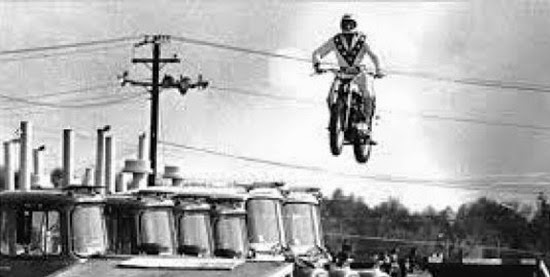





On Friday, August 20 at 8:47am, production begins on the 1972 Triumph TR6 in Meriden. A partial solar eclipse should have served as an omen.
The 1972 Triumph TR6 was being billed as the 'sister-bike' to the Bonneville and was the second year for the oft-complained about, rarely complimented on, oil-in-frame.
A year earlier both the 1971 Bonneville and the TR6 got an entirely new one-piece, all-welded steel frame that held the engine oil in its huge 3" diameter backbone, instead of in a separate oil tank, like normal. Great idea in concept, but somehow the boys at Umberslade Hall couldn't figure out how to keep the oil from foaming up and spilling over, so they relocated the filler cap from just behind the steering head to just under the front of the seat, lowering the oil level and abandoning all that internal oil in the large portion of the backbone under the tank. So this enormous 'drain pipe' of a backbone that was supposed to be filled with oil was now only filled about halfway, leaving the new bike woefully in short supply, (read as; ran way too fucking hot).
Another big problem with the oil-in-frame was that it raised the seat height to 32-1/2", too tall for many riders. Yet, with all the complaints BSA (Triumph's parent company) did it again in '72. Thanks.
Triumph did offer four TR6 models for '72: TR6R (the standard Roadster); TR6C (with high pipes running along the left side); TR6P (UK Police version); TR6SS (US Police version) and TR6RV (a Roadster with optional 5-speed). Engine & frame numbers ran from JG033084 to EG057252, built from August 20, 1971 to May 17, 1972.
Thomas Simpson, British mathematician was born on August 20, 1710.
Today in motorcycle history proudly supports the National Association for Bikers with a Disability (NABD). www.nabd.org.uk



